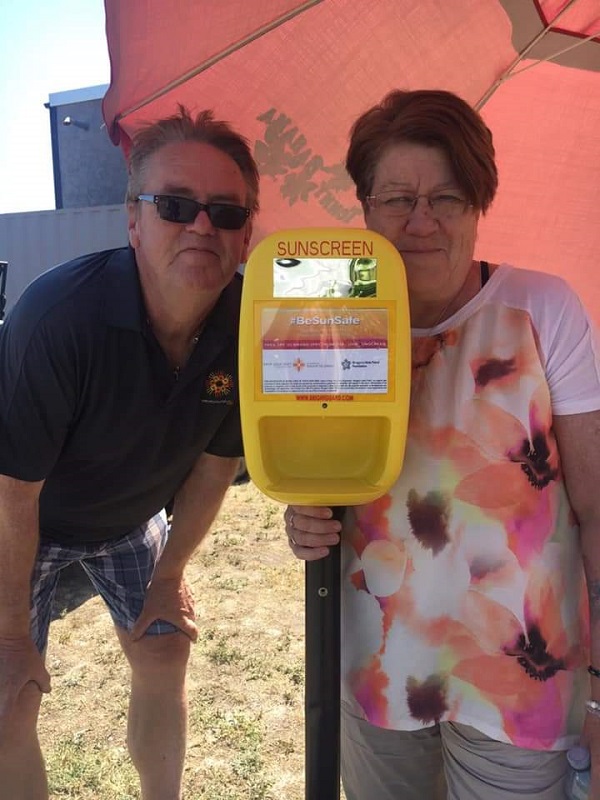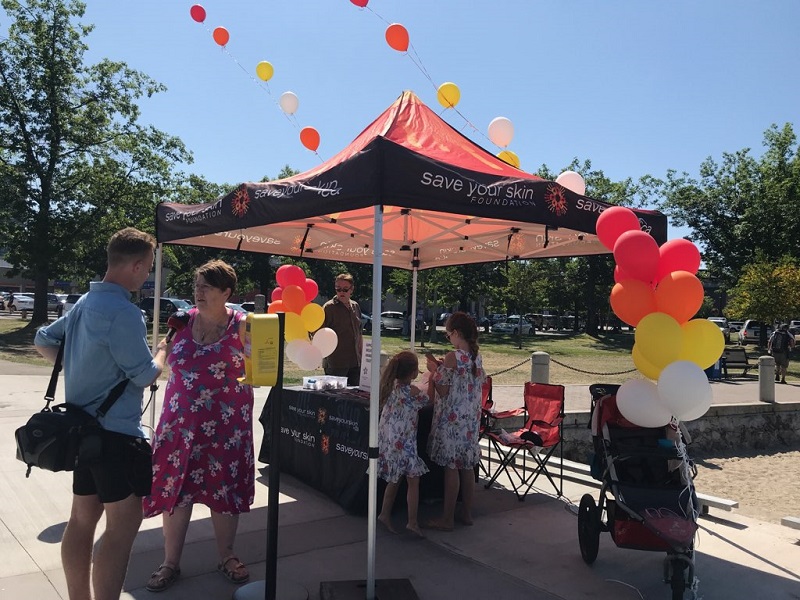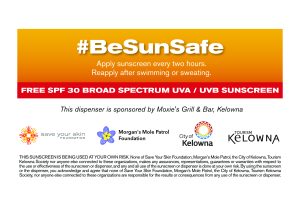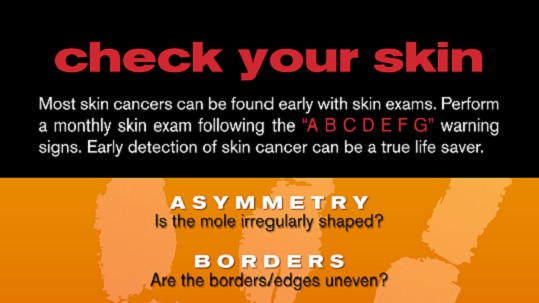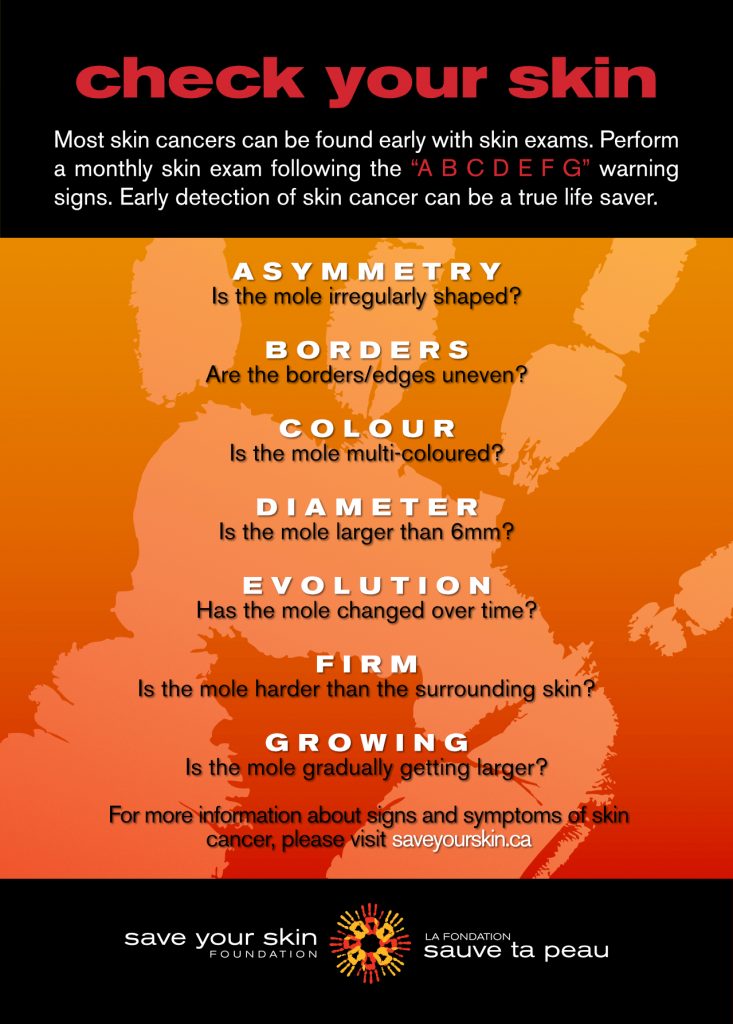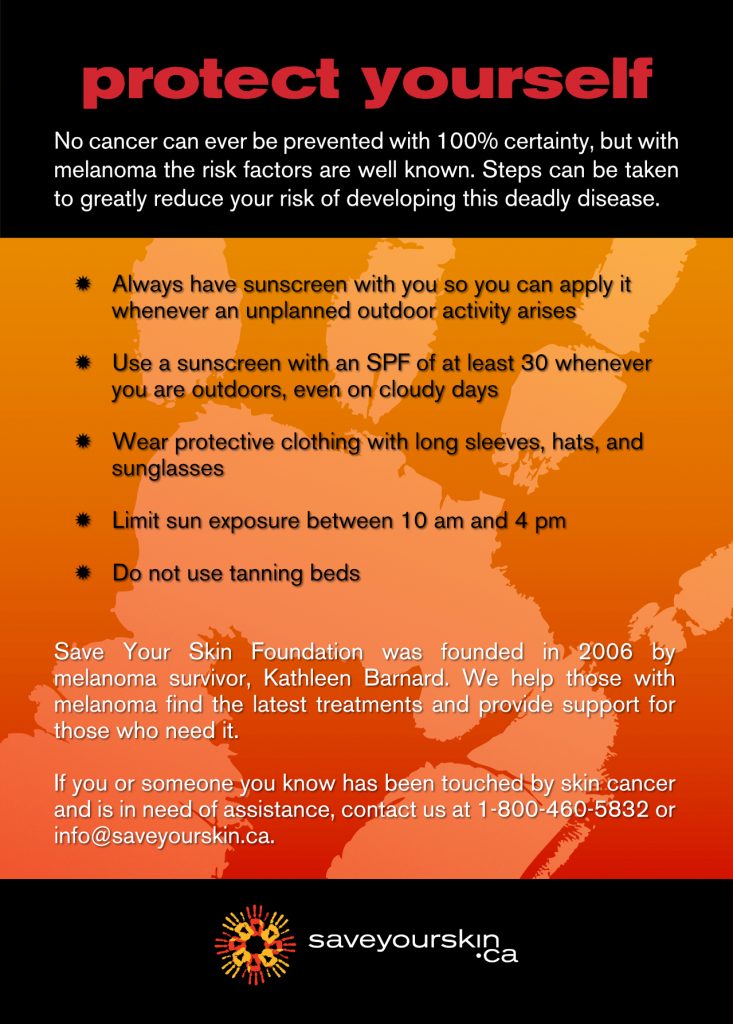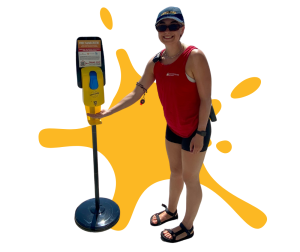 On June 1st, 2023, SYSF is launching 30 public sunscreen dispensers across five new Canadian municipalities. This is in addition to the 10 dispensers across five municipalities SYSF collaborated on in 2022 with medical student siblings Samuel and Karen Farag.
On June 1st, 2023, SYSF is launching 30 public sunscreen dispensers across five new Canadian municipalities. This is in addition to the 10 dispensers across five municipalities SYSF collaborated on in 2022 with medical student siblings Samuel and Karen Farag.
The bright yellow dispensers are automatic and touchless, and provide free, Health Canada approved SPF 30 sunscreen for anyone who needs it. The sunscreen is zinc oxide based, free from chemical sunscreen filters, common allergens and toxic ingredients including oxybenzone, avobenzone, retinyl palminate, PEG, perfume, and sodium lauryl sulphate. To learn more about the SYSF sunscreen dispenser initiative, see our Sunscreen Dispensers page.
Remember that no tan is a safe tan. While you are enjoying Summer activities, try to limit your time in direct sunlight between 11am and 3pm; seek shade; and cover up by wearing UV-protective clothing, such as long pants, long sleeves, and a hat. Use SPF 30+ broad-spectrum sunscreen (which protects against both UVA and UVB rays), which you should apply 20 minutes before sun exposure and reapply every two hours or directly after swimming. Don’t forget SPF for your lips and your sunglasses!
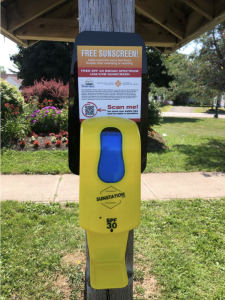 Here is the complete list of dispenser locations:
Here is the complete list of dispenser locations:
Grand Bay-Westfield, NB: two dispensers at Brundage Point River Centre and Tail Whip Park/Splash Pad
Lake Cowichan, BC: six dispensers across Lake Cowichan township and Gordon Bay Provincial Park
New Brunswick Fairs & Exhibitions Association: four dispensers to be at 13 fairs and events across New Brunswick
New Westminster, BC: four dispensers across Moody Outdoor Pool, Hume Outdoor Pool, Grimston Park Wading Pool
Penticton, BC: five dispensers across Skaha Meadows Golf Course, Penticton & Wine Country Chamber of Commerce, Penticton Speedway, Barefoot Mini Mart, Travel Penticton
Richmond, BC: four dispensers across South Arm Outdoor Pool, Steveston Outdoor Pool, Watermania
Riverview, NB: two dispensers each in Lion’s Community Park and at events around the city
Summerside, PEI: four dispensers, one each at Summerside Turf Field, Leger Park, Summerside Boardwalk, and one to be used at public events
Vancouver, BC: one dispenser to be installed at the YMCA hotel
Westlock, AB: four dispensers across Westlock skateboard park, Westlock tennis courts, and the Westlock baseball diamonds


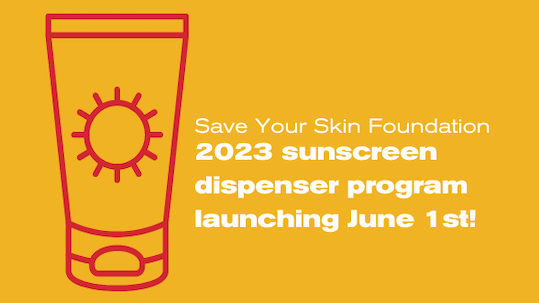
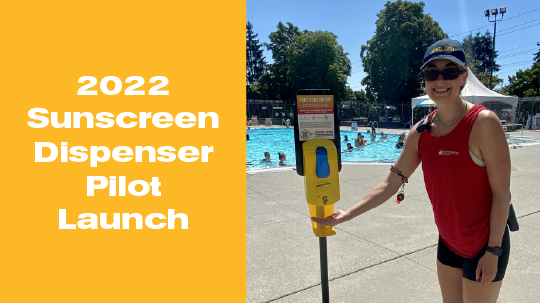
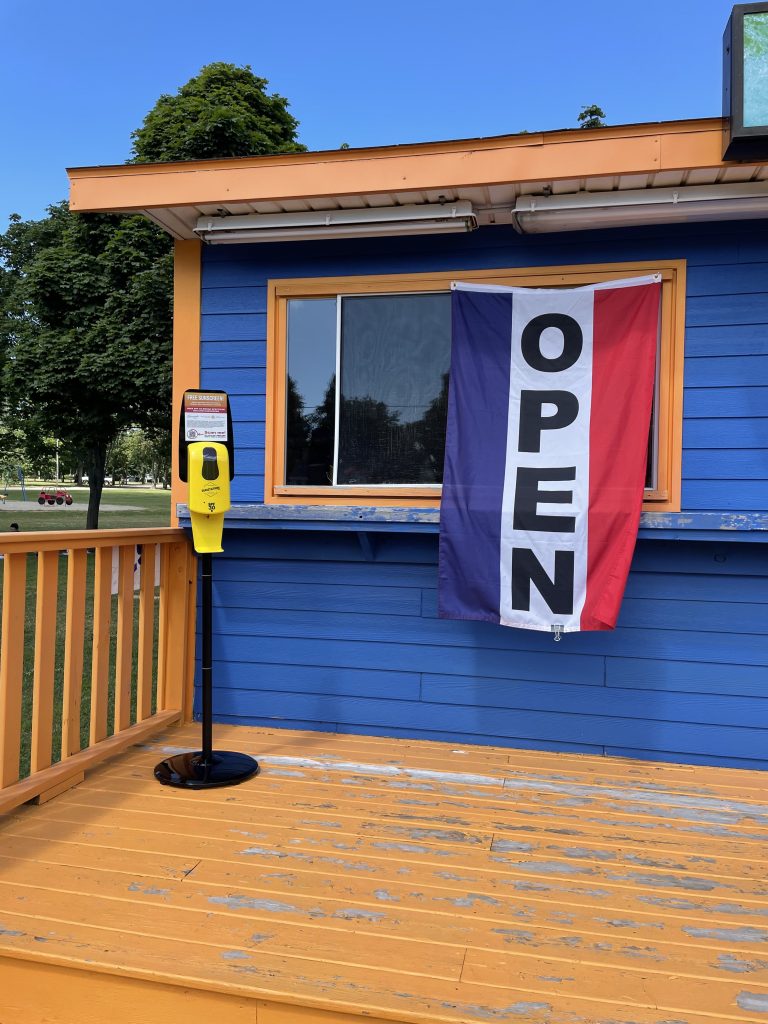
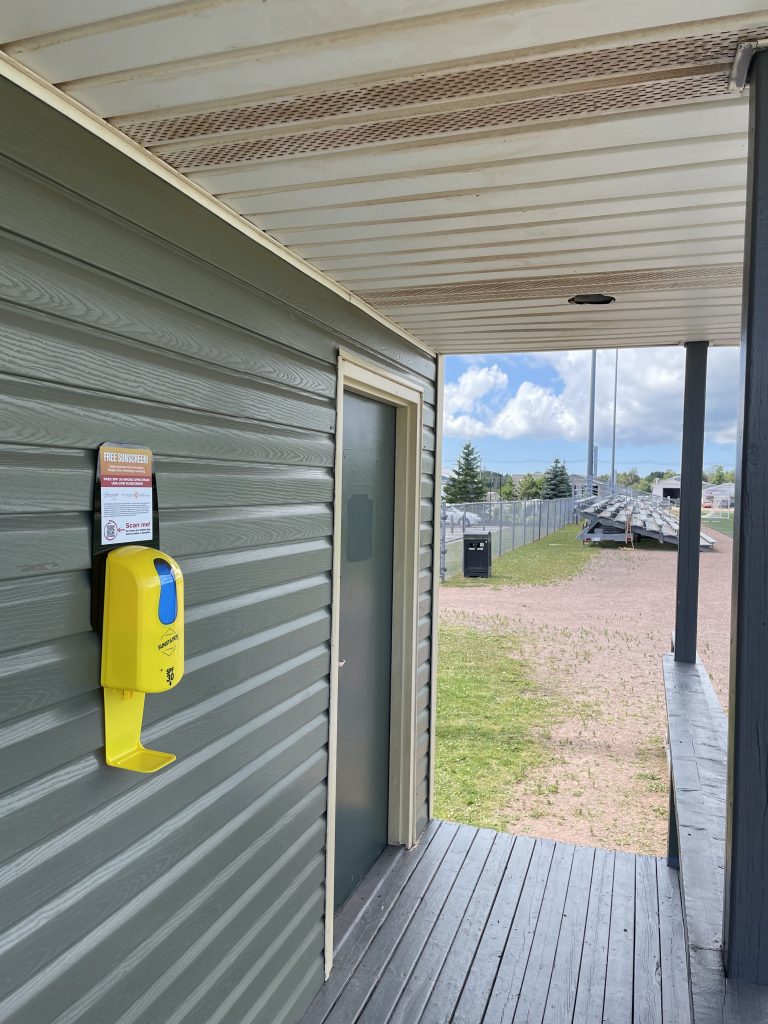
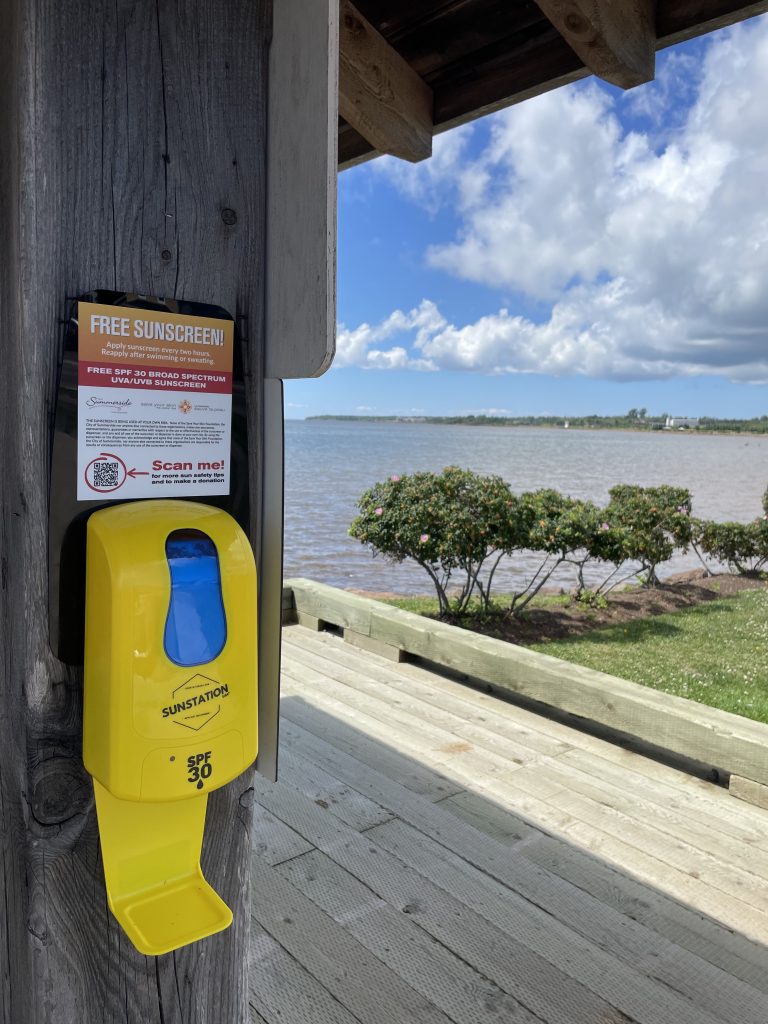
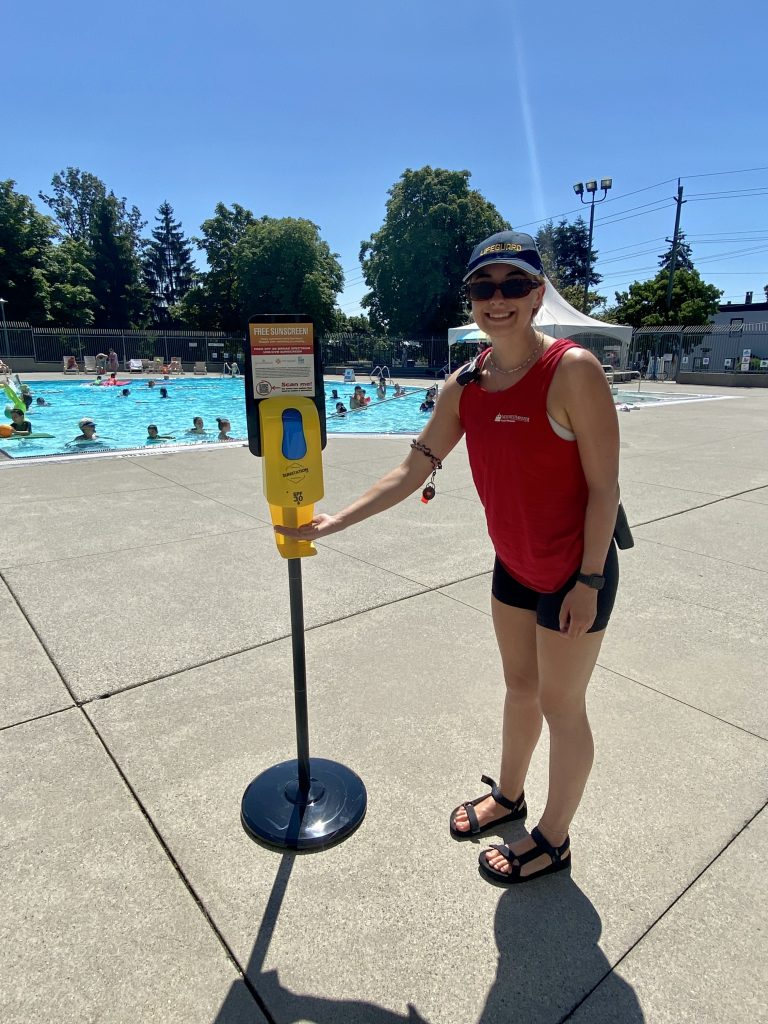
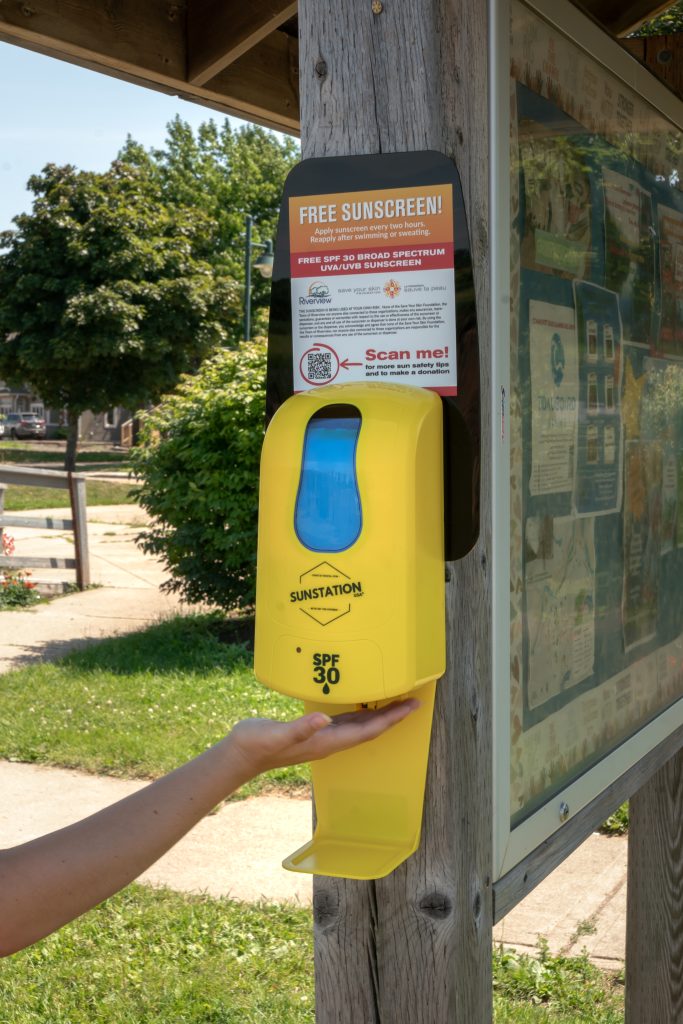
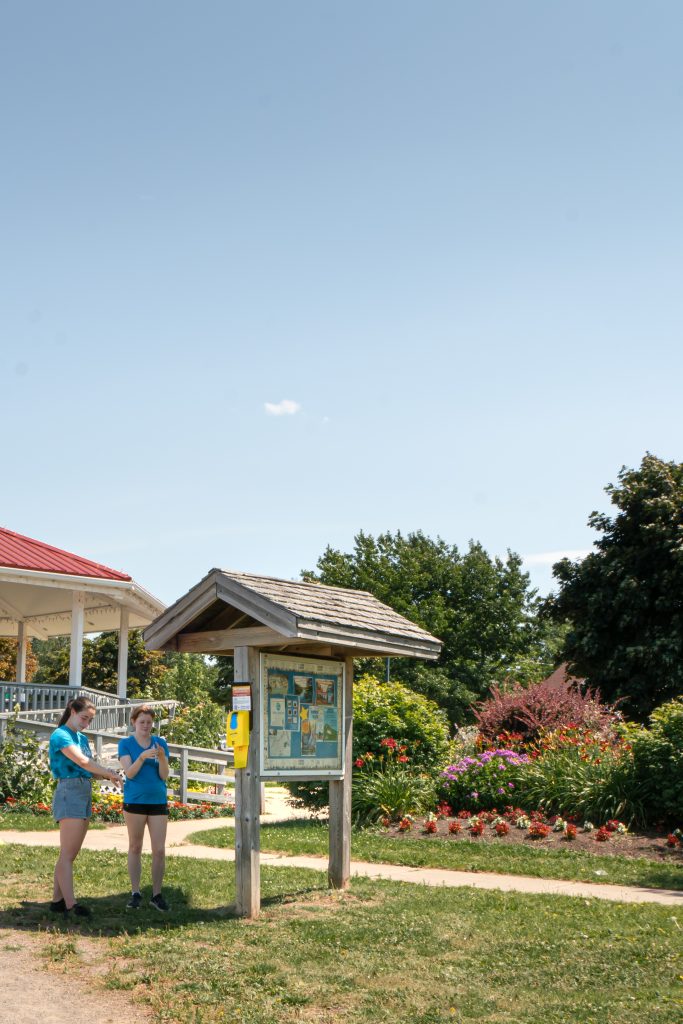
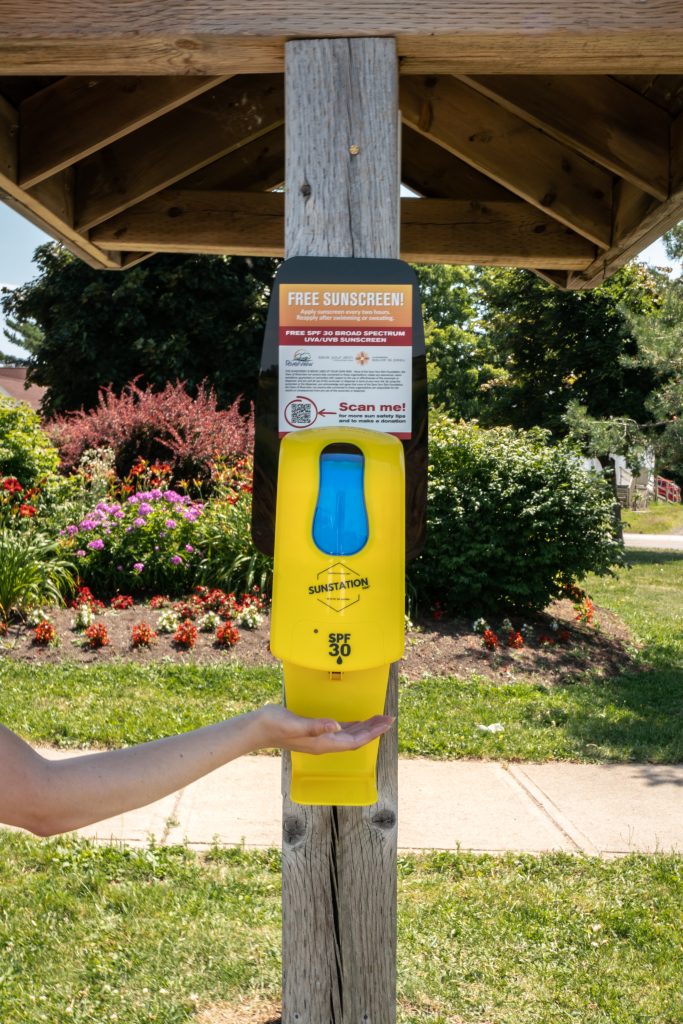
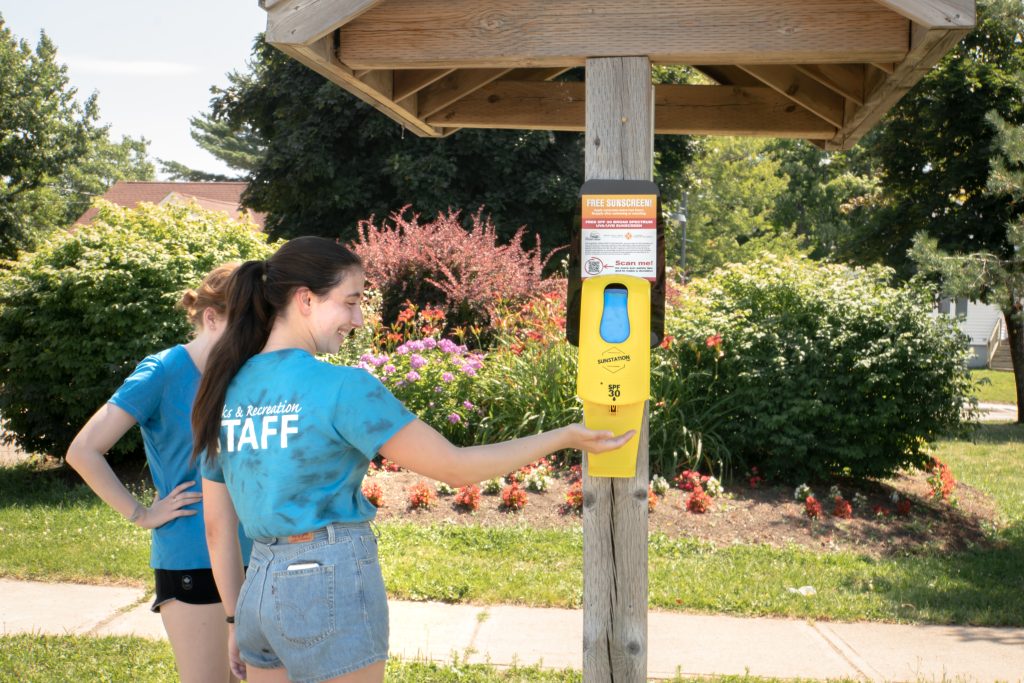


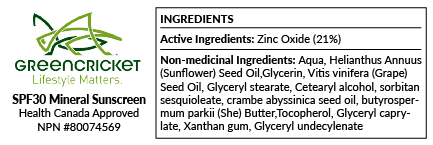
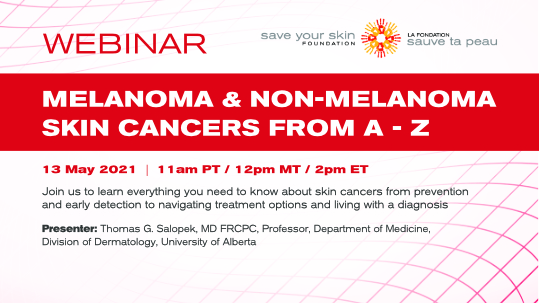
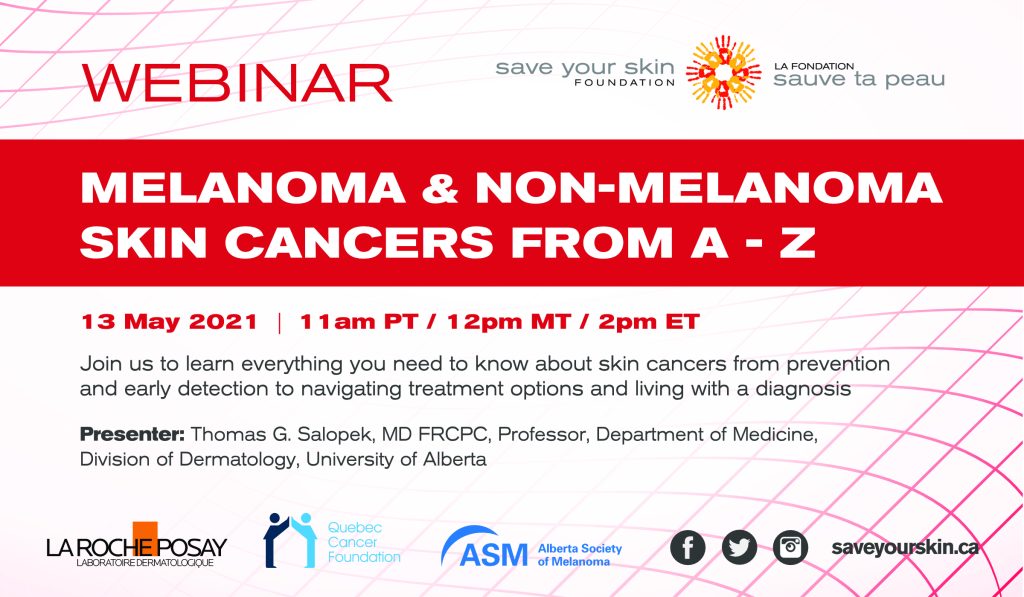
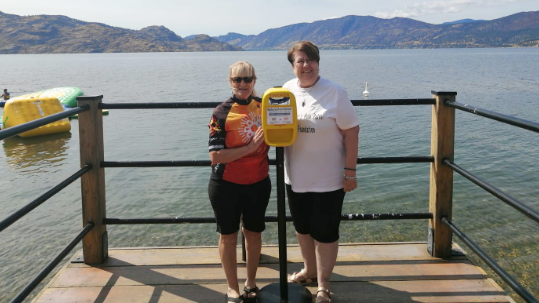
 This launch is just the beginning of Karen and Kathy’s plan to install many more dispensers in Kelowna and all over British Columbia. Stay tuned for news!
This launch is just the beginning of Karen and Kathy’s plan to install many more dispensers in Kelowna and all over British Columbia. Stay tuned for news!